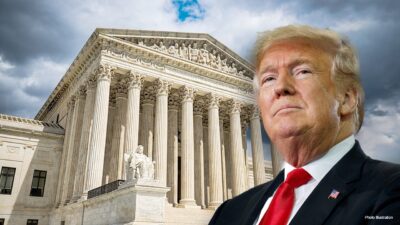Business travel to the U.S. fell 9% in April as companies and workers grappled with economic uncertainty and anger over the Trump administration’s tariffs and border policies.
The National Travel and Tourism Office released preliminary figures Thursday showing the number of airline and ship passengers who entered the country last month using business visas.
The Middle East was the only region that saw higher business travel to the U.S., with arrivals up 9.4% compared to April 2024. But that didn’t make up for big losses from other regions; the number of business travelers from Western Europe fell 17.7%, for example.
The new government data didn’t include people coming from Canada for business or who traveled by land from Mexico. Mexican arrivals by air for those holding business visas were down 11.8%, the government said.
And overall travel from Canada also fell in April. According to Statistics Canada, Canadian residents’ return trips by air from the U.S. fell 20% in April, while return trips by car were down 35%.
Business travel to the U.S. held up better than leisure travel in the first quarter of the year. According to U.S. government data, more than 1.2 million travelers entered the U.S. using business visas in the January-March period, up 7% from the year before. The number of travelers using tourist visas fell 6%.
But that flipped in April, as the late Easter holiday likely encouraged more leisure travel. Travel to the U.S. by international travelers holding tourist visas was up 13.8% in April.
It’s unclear if that trend will hold. Cirium, an aviation analytics company, said an analysis of online travel agency data indicated that advance bookings from Europe to 14 U.S. cities in June, July and August were down 12% from those same months last year.
Multiple U.S. airlines have pulled their financial forecasts for the year, citing uncertainty and weaker demand from lower-fare leisure travelers. Many industry experts think business travel to the U.S. will continue to decline in the coming months.
Leslie Andrews, the global travel leader for real estate company JLL and a board member at the Global Business Travel Association Foundation, said she thinks corporate travel to the U.S. will slow in the second and third quarters of the year as the full impact of economic and geopolitical volatility sets in.
“What I am hearing is, ‘Things were good in the first quarter,’ but in the second quarter it’s a matter of, ‘Must you take that trip?’” Andrews said. “They’re pulling in the reins a bit to make sure only purposeful travel is happening as things grow and evolve.”



